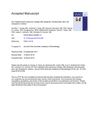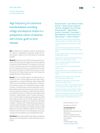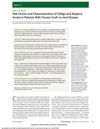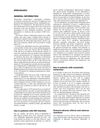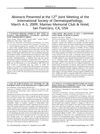Dermatologic Conditions of the Early Post-Transplant Period in Hematopoietic Stem Cell Transplant Recipients
October 2018
in “
American Journal of Clinical Dermatology
”
hematopoietic stem cell transplant skin eruptions Erythema of the Leukemic Rash Acute Graft-versus-Host Disease drug-related cutaneous reactions Morbilliform Drug Eruptions Stevens-Johnson Syndrome Toxic Epidermal Necrolysis Toxic erythema of chemotherapy chemotherapy-induced hyperpigmentation ecthyma gangrenosum candidiasis chronic graft-versus-host disease skin cancer HSCT ELR aGVHD MDEs SJS TEN TEC cGVHD
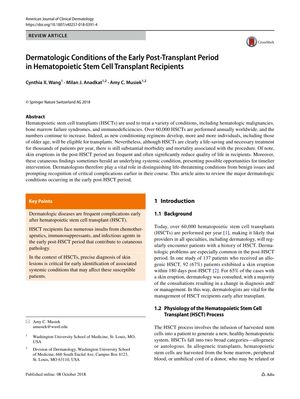
TLDR Skin problems are common after stem cell transplants, and early treatment by dermatologists can improve patient outcomes.
The document from 2018 reviews dermatologic conditions in the early post-transplant period for hematopoietic stem cell transplant (HSCT) recipients. It emphasizes the frequency of skin eruptions post-HSCT, affecting 67% of patients in one study of 137 allogeneic HSCT recipients, and the role of dermatologists in changing diagnosis and/or management in 65% of cases. The review covers conditions like Erythema of the Leukemic Rash (ELR), Acute Graft-versus-Host Disease (aGVHD), with a 5-year leukemia-free survival rate ranging from 63% for grade I to 8% for grade IV, and drug-related cutaneous reactions such as Morbilliform Drug Eruptions (MDEs). It also discusses severe conditions like Stevens-Johnson Syndrome/Toxic Epidermal Necrolysis (SJS/TEN) with a mortality rate over 30% for TEN, and the importance of early diagnosis and treatment. Toxic erythema of chemotherapy (TEC), chemotherapy-induced hyperpigmentation, and infections like ecthyma gangrenosum (EG) and candidiasis are also mentioned, with a focus on early treatment to improve outcomes. Additionally, the document addresses late complications such as chronic graft-versus-host disease (cGVHD) and increased skin cancer risk in allogeneic HSCT recipients, highlighting the critical role of dermatologists in managing these conditions.
